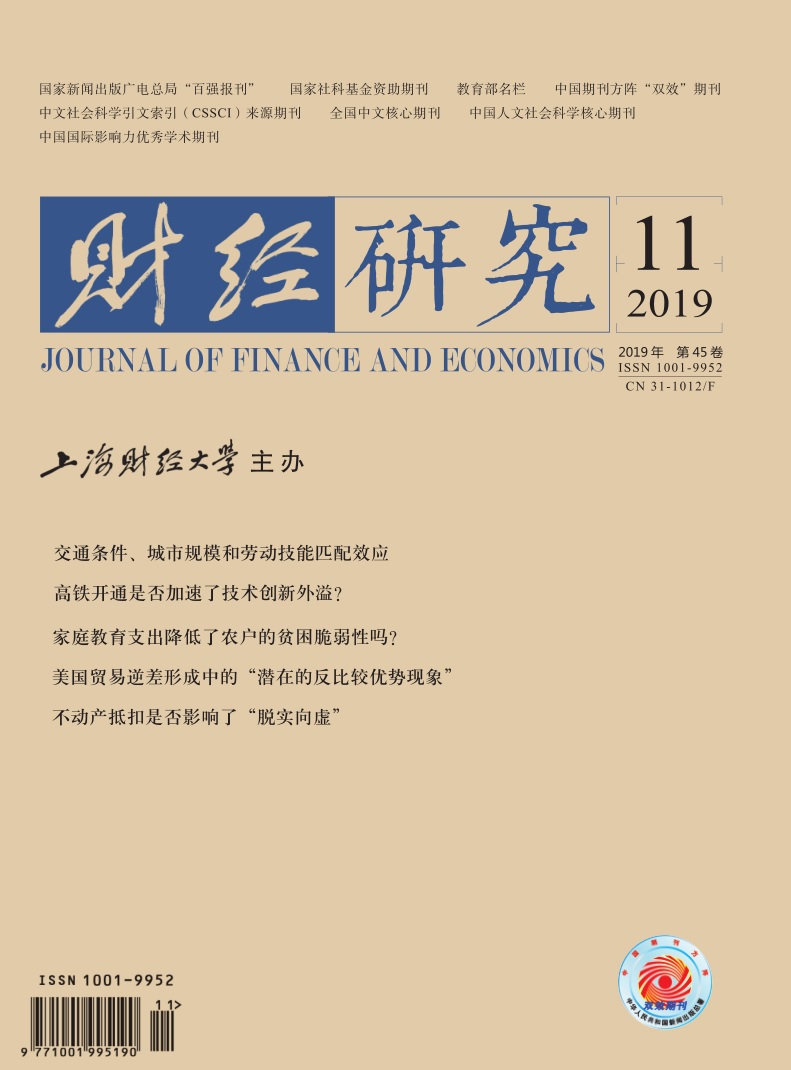The appearance of high-speed rail has compressed the " space and time” distance between regions and promoted people’s life and economic activities, which is known as one of the " four new great inventions” of China. Since the opening of the first high-speed rail " Beijing-Tianjin” in 2008, China has entered the era of building " high-speed rail network”. At present, most literature has studied it from the aspects of comprehensive regional economic growth, regional economic integration, industrial structure adjustment, regional income differences and residents’ travel mode.
However, there is a lack of relevant research on the impact of high-speed rail on the spillover of regional technological innovation in the literature. China’s regional development is extremely unbalanced. The economic foundation and infrastructure construction of the backward inland areas lag far behind the eastern coastal areas. Innovation spillover can make backward areas and low-income people catch up with the " free ride” and improve the pace of catching up with the developed areas. Therefore, innovation spillover plays a vital role in China’s economic growth. Based on the panel data of 230 prefecture-level cities from 2008 to 2013, this paper analyzes the impact of high-speed rail on the spillover of regional technological innovation through DID and PSM-DID.
The study finds that, first of all, the opening of high-speed rail raises the patent quotation rate and accelerates the depreciation rate of patents. High-speed rail enhances the spillover effect of technological innovation by promoting agglomeration economy, face-to-face exchange, flow of talents and capital, and regional cooperation and trade. The time lag of the impact of high-speed rail on technological innovation spillover is about 2-3 years. Secondly, the impact of high-speed rail on technological innovation spillover has certain regional heterogeneity. Due to the high level of economic development in the eastern region, coupled with the brain drain from the high-speed rail network, the impact of the opening of high-speed rail on technological innovation spillover is more significant in the eastern region.
Therefore, this paper puts forward the following suggestions: (1)For the government, cities should continue to develop their economy in order to improve the technical and material support of high-speed rail construction, and invest in the construction of high-speed rail according to the actual situation.(2)For enterprises, they should properly increase the rate of labor remuneration to improve the competitiveness of talents, prevent factor outflow, and attract new elements; at the same time, they should make good use of the " space-time compression” effect brought by the opening of high-speed railway, increase exchanges and trade with trans-city enterprises, improve their innovation level, and actively learn the technology from other enterprises.





 , 3
, 3 6893
6893  9874
9874

